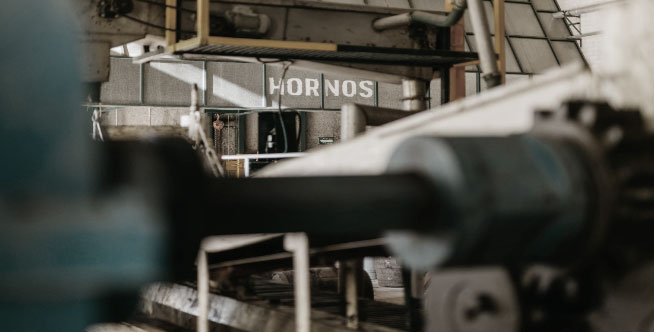Regardless of your business size, having functional and modern equipment is not just a luxury if you want to remain competitive – but a necessity. However, keeping up with the ever-evolving technology can strain even the most robust business’s cash flow.
Fortunately, equipment finance means that there is a viable solution for businesses grappling with cash flow management amid equipment upgrades. Here are four things to think about when understanding equipment finance:
Calculate your working capital
Before making any equipment purchase, it’s crucial to assess your working capital. While you might have the cash on hand to buy equipment outright, consider the implications of tying up significant sums in assets. Opting for equipment finance allows you to preserve your working capital, ensuring you have funds available for day-to-day operations and seizing growth opportunities. Maintaining adequate working capital not only boosts your financial security but also enhances efficiency and morale within your business.
Choose between lease and purchase options
When exploring equipment finance, businesses are often presented with options like operating leases and
secured loan agreements (chattel mortgages). Operating leases offer flexibility by avoiding the risks
associated with asset ownership, while secured loans grant full control over the asset from the time of
purchase. Additionally, innovative solutions like sale-back leases provide businesses with quick cash injections while retaining equipment usage rights. By understanding the nuances of each finance product, you can tailor your financing strategy to align with your business’s specific needs and objectives.
Plan cash flow and expenses
Effective cash flow management is crucial for SMEs to sustain operations and foster growth. Structuring your equipment finance agreement with fixed interest rates and predictable payment schedules enables better expense planning. With certain loan terms, businesses gain the flexibility to balance equipment expenses with revenue streams, thereby enhancing its financial stability. This proactive approach empowers businesses to navigate the inherent uncertainties of SME finances with greater confidence and foresight.
Keep equipment up to date
One of the main advantages of equipment finance is access to the latest technology without the burden of buying it outright. Operating leases, in particular, alleviate concerns about your new equipment becoming obsolete, ensuring businesses always have access to cutting-edge tools. By leveraging equipment finance, businesses can make the most of innovation without risking capital on assets that may quickly become outdated. This strategy not only enhances your operational efficiency but also positions businesses competitively in their respective markets.

